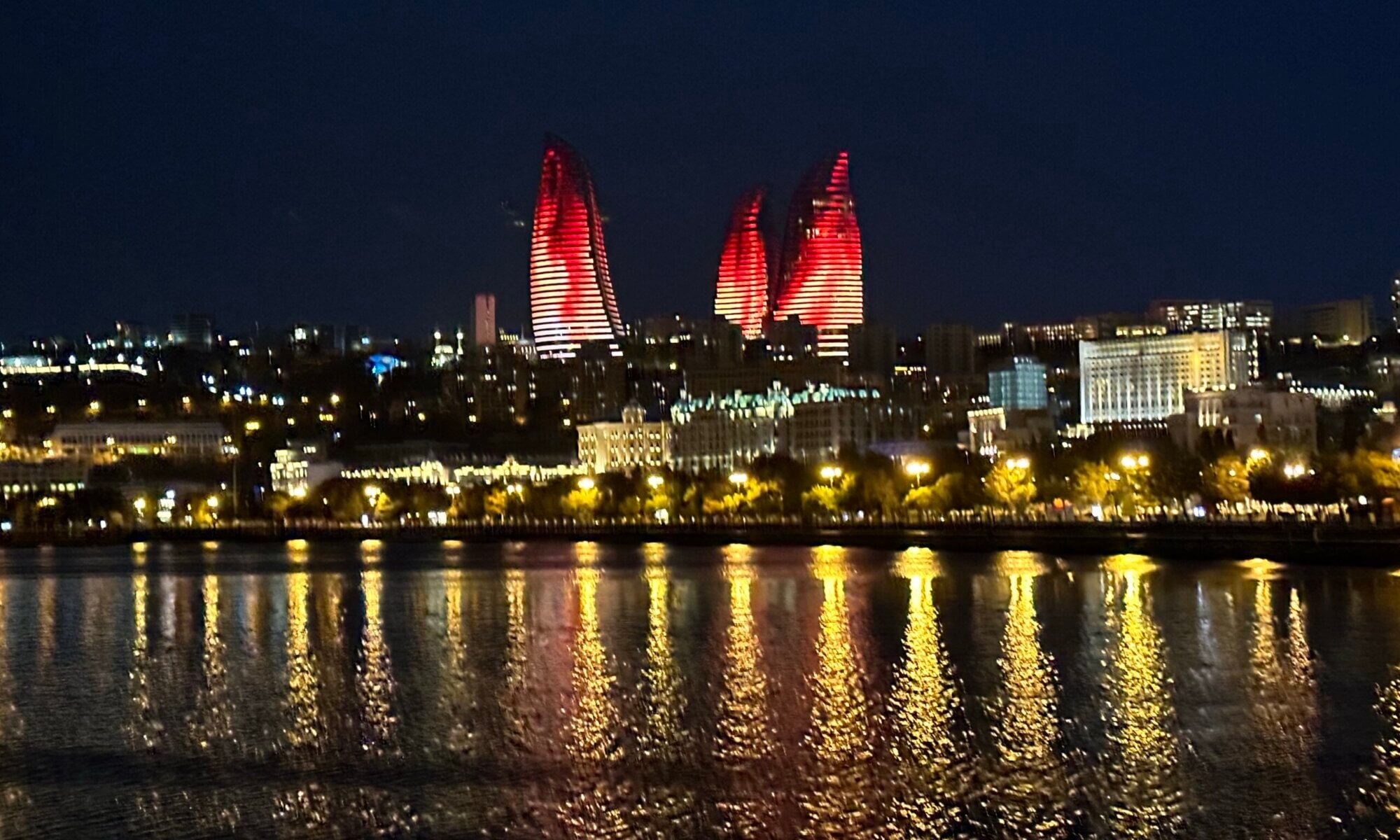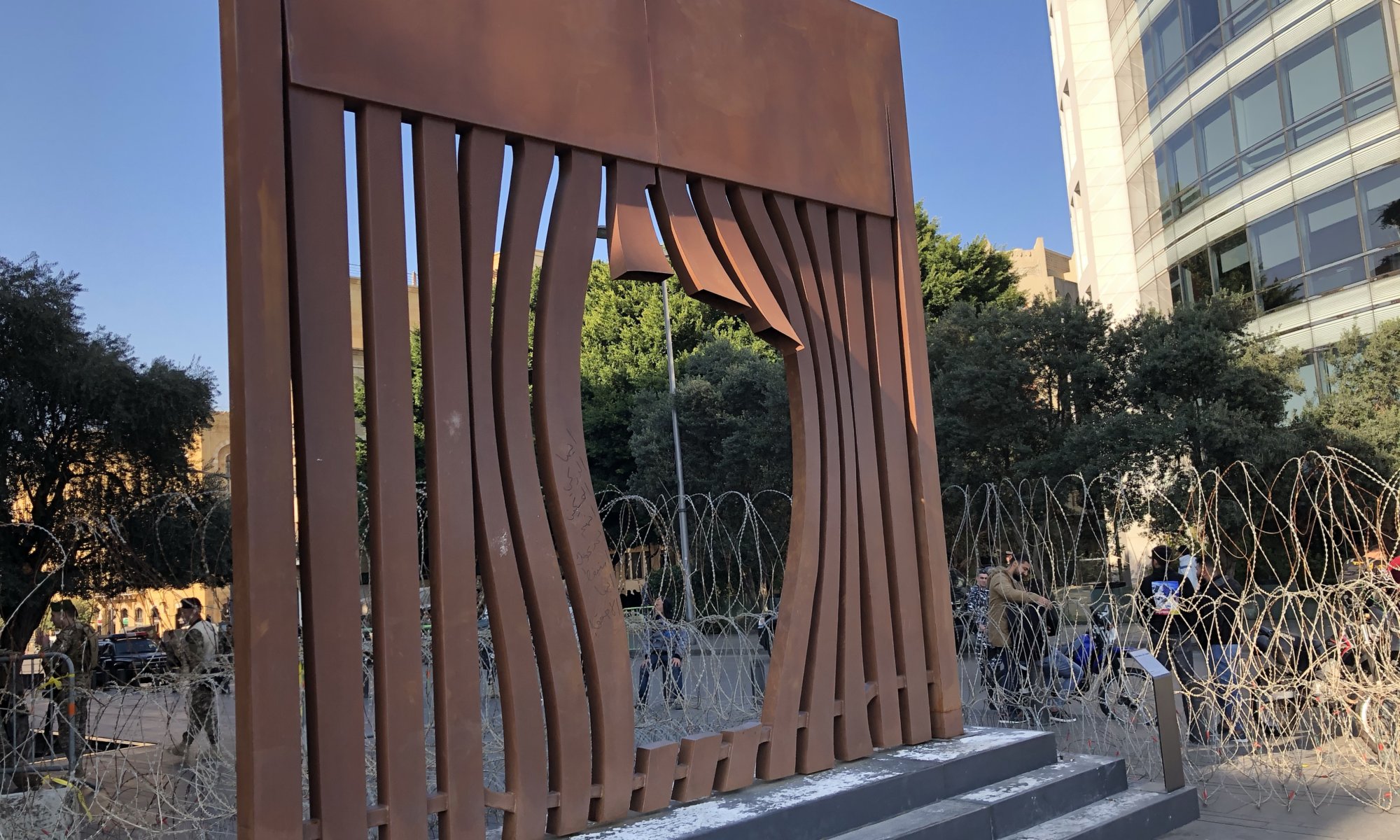Lebanon is a country quite far away in the Middle East and part of the Levante states. But already in my youth, I somehow got in contact with the country and it was all because of the Lebanese civil war which was long-lasting (from 1975 to 1990) but already over by that time. I got in contact with Lebanese people who fled to Europe and started a new life here. With that guy who opened up a fantastic falafel eatery at Göttingen, Germany, or later with the nice Lebanese family that sold delicious food at Hann. Münden, Germany. My image of Beirut was shaped by a rather unexpected medium: computer games.
By that time first-person shooter games were omnipresent and one of the often used scenarios was the civil war Lebanon. You could fly a helicopter or drive a tank through the city centre of Beirut – in between the skeletons of destroyed skyscrapers. The real-world conflict leading to that is a very complex one with many different groups fighting in changing coalitions against each other and also Syria and Israel involving themselves as complete countries. Parts of the country were turning towards the Arab world, others wanted Lebanon to be a Christian state. Refugees from Palestine created a Muslim majority and the Palestine Liberation Organization (PLO) settled in the South and attacked Israel from there.
Different massacres happened and when the international community brought multinational forces to Lebanon to create peace these were heavily attacked. Beirut was split into two parts, the Muslim East and the Christian West – divided by a long no-man’s-land in which trees and different plants grew and which was therefore called green line. The conflict was solved by a contract assigning the seats in parliament and the governmental positions to the different religious groups – assuring that every of the more than ten different religious groups can participate. A forced treaty then lead Lebanon to be some kind of Syrian protectorate until 2005.
During the course of the civil war 90,000 people died, 110,000 were injured and 800,000 searched for a new life abroad and created a big diaspora throughout the world. Still today you can see remains from the Lebanese civil war at Beirut: The bullet holes in the memorial on the Martyrs’ square or in the palms at the Corniche, the ruins of the cinema called ‘egg‘ and you can find different buildings destroyed during the war. It is not as visible as in Sarajevo, Bosnia but you don’t have to search long for traces.
بيروت / Beirut
Lebanon
Loading map...



One Reply to “Civil war”